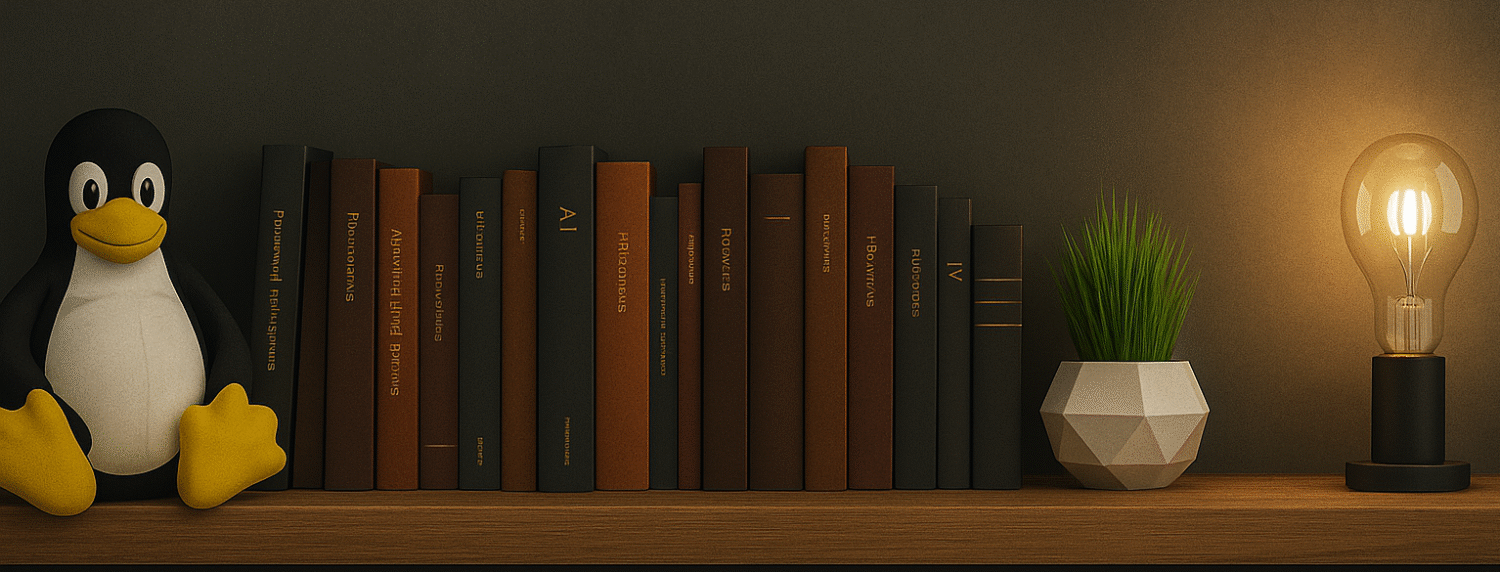Have you ever looked at a cloud and seen the shape of a dragon or a face? Or perhaps you noticed a pattern in a piece of toast that looked like a famous painting? These are just a few examples of pareidolia, a phenomenon in which the human brain perceives patterns and shapes in random or ambiguous stimuli.

Pareidolia is a term coined from two Greek words, “para”, meaning “beside”, and “eidolon”, meaning “image.” It describes a human tendency to perceive meaningful images in random patterns, such as clouds, rocks, tree bark, or even wallpaper. Our brain’s ability to recognize patterns is an essential aspect of human perception and is a fundamental tool for recognizing faces, emotions, and objects.
The reason for pareidolia is that the human brain is always trying to make sense of the world around us. When our eyes encounter an ambiguous stimulus, our brain immediately begins to search for patterns, shapes, and other familiar visual cues. It’s a natural response that allows us to quickly process information and make snap judgments in our daily lives.
Pareidolia can manifest in various ways, from seeing faces on the moon to perceiving animal shapes in a collection of clouds. It can even extend to sounds, such as hearing music in white noise or hearing voices in background chatter. Pareidolia can also have spiritual or religious implications, with people seeing holy figures or religious symbols in natural phenomena or everyday objects.
The phenomenon of pareidolia has been studied by psychologists and neuroscientists for years. One study found that people who are more prone to pareidolia tend to have higher levels of creativity, while another study found that individuals with schizophrenia are more susceptible to seeing patterns and images that aren’t there.
Pareidolia can also have a significant impact on our everyday lives. In advertising, companies use pareidolia to create recognizable logos or mascots that are easily associated with their brand. For example, the famous “golden arches” of McDonald’s are just two arches that happen to resemble the letter “M,” but they have become an iconic symbol of the brand.
In conclusion, pareidolia is a fascinating and complex phenomenon that is an integral part of the human experience. Our brain’s ability to recognize patterns and shapes is a fundamental tool for making sense of the world around us, and pareidolia is just one example of how this works. Whether we see faces in clouds or animals in rock formations, pareidolia adds an element of wonder and excitement to our daily lives.









